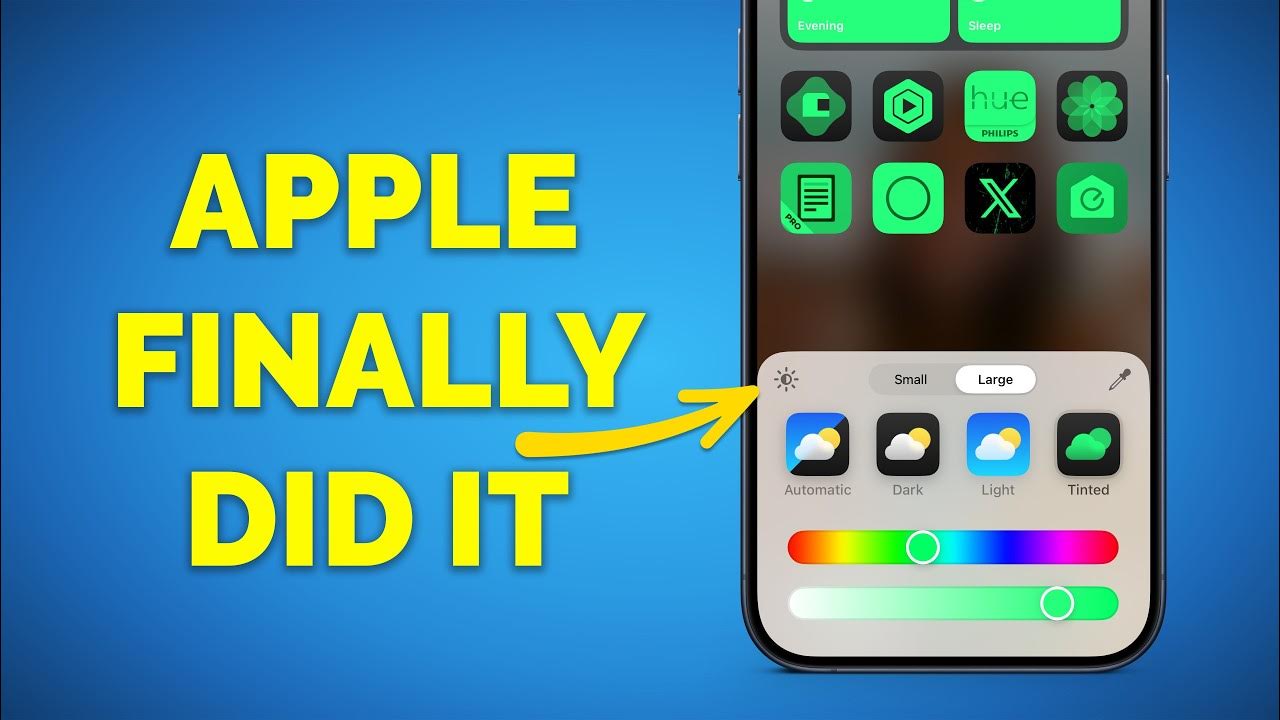Leading through uncertainty: A design-led company - Brian Chesky (Config 2023)
Summary
TLDR在2023年Config大会的闭幕主题演讲中,Figma的设计经理Sarah Culver和产品副总裁Sho Kuamoto介绍了应对不确定性的主题。特邀嘉宾Airbnb的CEO兼联合创始人Brian Chesky分享了将设计置于公司核心的经验,展示了Airbnb如何在过去几年的起伏中导航。Brian讲述了他如何重新审视公司的运作方式,通过强调设计的重要性,简化产品和提高效率,将Airbnb转变为一个以设计为中心的组织。他的故事强调了设计不仅仅是美学,而是一种解决问题和应对不确定性的方法,激励听众将设计思维应用于各自的领域。
Takeaways
- 🤔 设计不仅仅是关于外观,它关乎于事物的基本运作方式。
- 🎨 设计师应该拥有决定权,不仅仅是跟随指令行事。
- 🚀 设计可以是解决不确定性的一种方式,尤其在当前充满挑战的时代。
- 🌍 设计思维不仅限于产品设计,它还可以应用于公司的业务模型、组织结构和工作方式。
- 💡 设计是关于创造你想要生活在的世界,而不仅仅是制作产品。
- 👥 设计与技术、市场营销和产品管理应该是协同工作的,而不是孤立存在。
- 🔄 设计师应该从用户研究和数据分析中获得洞察,并将这些洞察转化为直观的设计决策。
- 🔍 设计的本质在于简化,将事物精炼到其本质。
- 📈 设计师不仅可以设计产品,还可以设计公司,甚至有能力成为公司的领导者。
- ❤️ 设计需要从心出发,将人性化思考融入产品和服务之中。
Q & A
Brian是什么样的设计背景?
-Brian毕业于罗德岛设计学院工业设计专业。他是一个具有设计思维的CEO。
Brian如何看待设计师的作用?
-Brian认为设计师不应该只是执行别人的想法,而应该在公司决策中发挥更大的作用,甚至掌管公司的运行。
Airbnb是如何应对疫情冲击的?
-Airbnb的业务在疫情中下滑80%。Brian进行了组织架构调整,采用功能化管理,减少项目数量,集中资源做最重要的事,重新确立设计在公司中的核心地位。
Airbnb现在的盈利状况如何?
-Brian表示,Airbnb去年实现了近40亿美元的自由现金流,远超苹果和谷歌的同期业绩。
设计部门如何在非设计驱动型公司中获得更多发言权?
-Brian建议设计师应该有底气和勇气,不要总是妥协;要简化工作,提高工艺;用管理层的语言解释设计的价值。
Airbnb的产品路线图是如何制定的?
-Brian作为CEO长期掌控路线图。路线图大体覆盖3年,近1年比较明确,2年后较模糊。路线图结合市场、设计、工程等部门制定。
Airbnb是如何改进核心服务的?
-绘制全客户旅程图,分析相关的政策文件、运营痛点等,在此基础上针对性改进服务。
Brian如何看待设计师与用户和客户的交流?
-这很必要,但设计不仅仅是与用户交流,更需要从全局俯瞰整个体验。
Brian对想创业的设计师有什么建议?
-设计不仅仅是界面和产品,还包括商业模式、组织架构等。设计师应该有胆识突破界限,学会整体设计公司的运行。
Brian认为设计对21世纪的重要性体现在哪里?
-Brian认为设计是解决不确定性的关键,设计出人们真正需要的产品和服务。
Outlines

此内容仅限付费用户访问。 请升级后访问。
立即升级Mindmap

此内容仅限付费用户访问。 请升级后访问。
立即升级Keywords

此内容仅限付费用户访问。 请升级后访问。
立即升级Highlights

此内容仅限付费用户访问。 请升级后访问。
立即升级Transcripts

此内容仅限付费用户访问。 请升级后访问。
立即升级浏览更多相关视频

Webinar: How to Be an AI Product Manager by Facebook AI Product Leader, Natalia Burina

Supply Chains 2022: Problems and Solutions

iOS 18 - The 10 BEST Features coming to YOUR iPhone!

Resiliencia en cadenas de suministro | Araceli Zavala | STEM TALKS

Supply Chain Modelling: Multi Objective Robust Optimization Model for Facility Layout Design

Alleviating the Semiconductor Supply Shortage

Usability testing 101: Types of usability testing & the benefits | Maze
5.0 / 5 (0 votes)